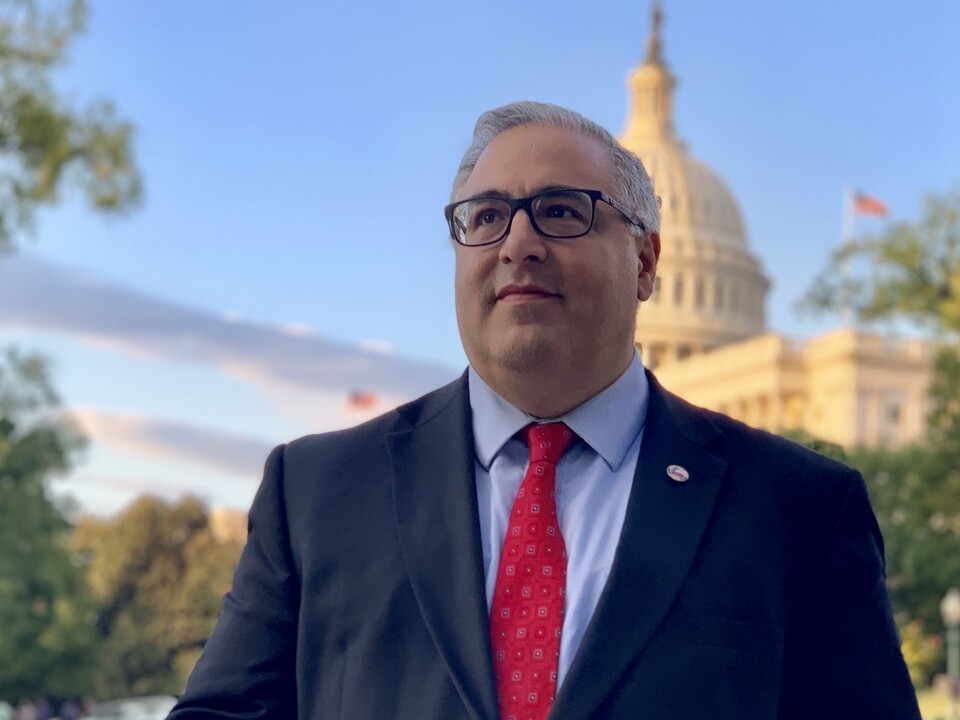Can Armenia’s refugee crisis catalyse health-system reforms?
Abstract
After more than 30 years, the Nagorno-Karabakh conflict has culminated in a sudden mass exodus of more than 100 000 refugees from the region to Armenia. Since 1991, Nagorno-Karabakh (also known as Artsakh), has existed as a de facto state, predominantly inhabited by ethnic Armenians. The latest conflict in the region erupted on Sept 19, 2023, with a military offensive by Azerbaijan leading to a Russian-mediated ceasefire on Sept 20. On Sept 28, authorities of the enclave made the formal decision to dissolve the state by the end of the year.
Subsequently, nearly the entire Nagorno-Karabakh population fled westward to Armenia, increasing the country’s population of 2.8 million by more than 3% in the span of less than 1 week. Refugees with few belongings crammed in cars, buses, and trucks fled to pass through the Lachin Corridor on their journeys over multiple days.
The refugees have since been dispersed throughout the country wherever shelter was available (appendix).
Emergency medical care and supplies are being provided by the Armenian Government, non-governmental organisations, and international agencies, such as WHO, Doctors Without Borders, World Food Programme, and UNICEF. However, meeting the health needs of this vulnerable population disseminated throughout a country with scarce resources has proven arduously complex.
Read full article here.




